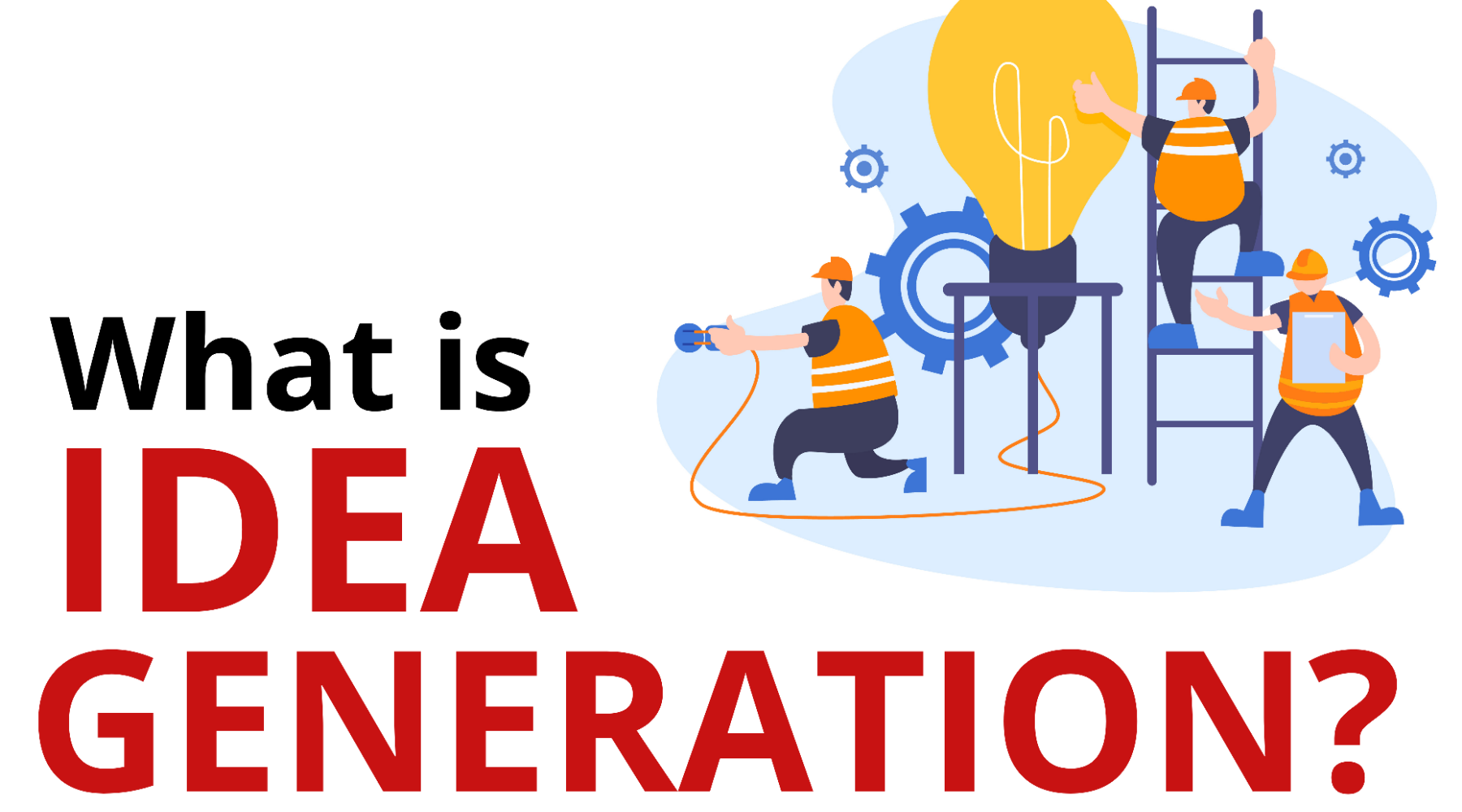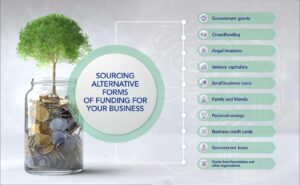Ideas form the base from which we start building up. They could be abstract, concrete, or visual. An idea generation technique is a creative process of coming up with solutions and ideas. It also involves developing these ideas and communicating them.
Idea Generation in Entrepreneurship
Entrepreneurship is being able to create and run a business. In entrepreneurship, idea generation is one of the main factors that lead to its success. The idea thought of here should be able to solve a problem.
And along with being unique, the idea should also be easy to execute. For example, let’s suppose you feel a lot of people have a problem understanding legal jargon and legal proceedings.
So, in this case, your entrepreneurial idea could be setting up a platform that caters to all the legal needs of people and helps them understand it easily.
Idea Generation in Product Development
Idea generation is the first step for any product development. This requires you to look for feasible product options that can be executed. It is a very important step for organizations to solve their problems.
It requires you to do market research and SWOT analysis. You should aim to come up with an idea that is unique from your competitors and can be used profitably.
For example, self-sanitizing door handles can be a product that you look at. It is unique and would be in high demand because of the current shift towards a healthy lifestyle.
Idea Generation Process
The process may be different for different organizations and different people. But there are three main steps in the process. It starts with the identification of the question or the problem we need to solve.
After which we need to come up with ideas and probable solutions. Finally, in the third stage, we select the most suitable idea and execute it. For example, let’s suppose you are opening up a restaurant.
So firstly, you need to identify what question you need to answer. Let’s assume you want to decide upon a name for the restaurant. Now you will use different techniques (brainstorming, mind mapping, etc) to come up with ideas for names.
In the last step, you will choose the most appropriate name from the different names you came up with within the second step.
Idea Generation Techniques

Now we will see the different idea generation techniques in detail.
-
Mind mapping
It is a technique of presenting information. Here we show the links between the different elements or the pieces of information. The links or connection is usually shown with the help of lines and arrows. It’s a visual way of presenting the information.
For example, let’s suppose you want a name for your new application. You will start by writing the main topic in the center of a paper, which here is the name for your new application.
From the center point, you will have arrows pointing out. These arrows will point to the main things to be kept in mind while thinking of a name like guidelines, visualization, productivity, etc.
Now from every key aspect, there will be more arrows pointing out. These arrows will describe the key aspect in detail. Like ‘guidelines’ will talk about the name being able to express what the application does, following the naming scheme, etc.

-
Reverse Thinking
As is very clear from the name itself this technique asks us to think oppositely. Instead of working on the problem in front of us, we work on the exact opposite of it.
For example, let us assume you want to know ‘how to increase your followers on social media platforms. According to this technique, you will instead think of ‘how will I not increase my followers on social media platform’.
To this question, you will get answers like, by not posting regularly, or posting low-quality content, etc. Now you just have to reverse your answers.
So, to increase followers on a social media platform you should post high-quality content regularly. This idea generation technique works on the concept that it’s easier to come up with negative suggestions.
-
Brainstorming
This technique is quantitative meaning that you come up with a large number of ideas. Here a group comes up with a different probable solution to the problem.
For example, if you along with some of your colleagues are trying to come up with a tagline for your product. And each one of you gives your ideas, then that is called brainstorming.

-
SCAMPER
The word SCAMPER is an acronym.
S -Substitute
C – Combine
A – Adapt
M – Modify
P – Put to another use
E – Eliminate
R – Reverse
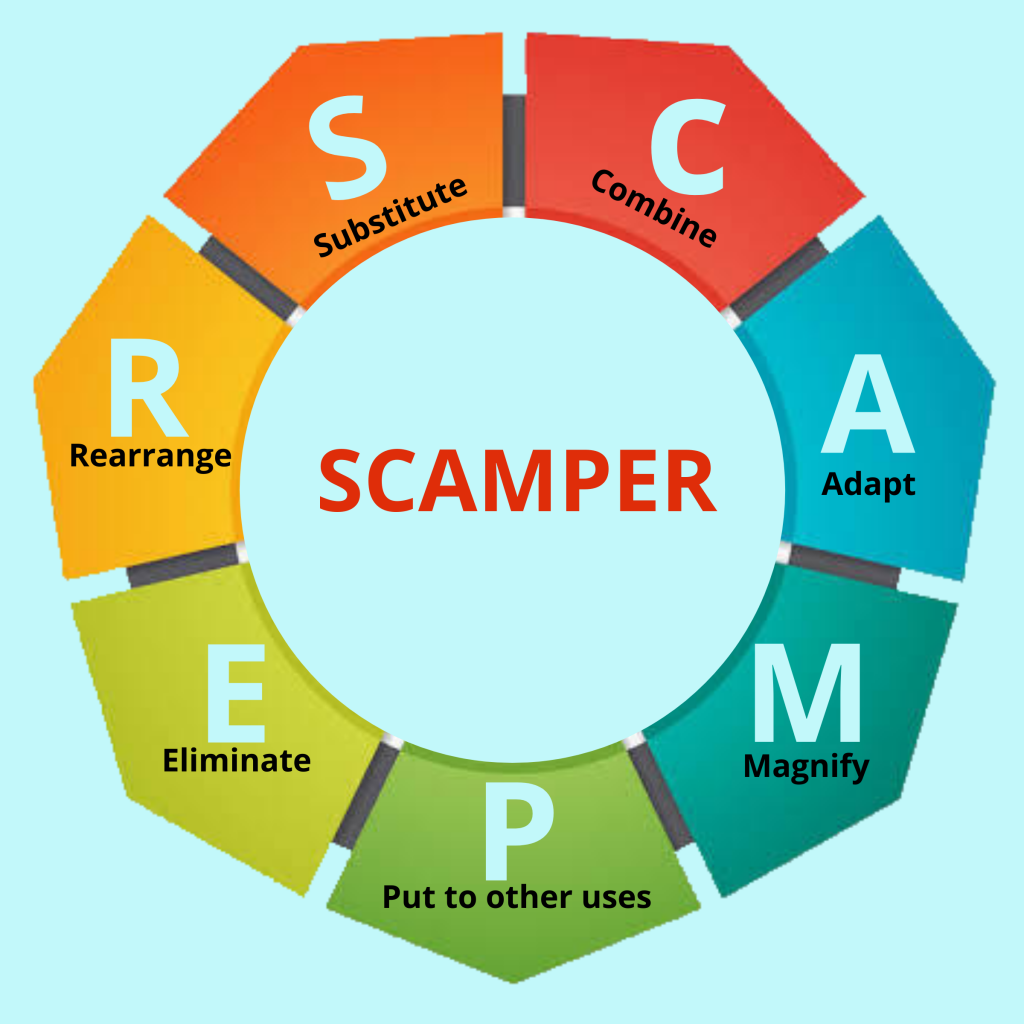
Bob Eberle developed this technique. Each part of the acronym helps us think and ask questions, which results in generating ideas.
For example, if you are a clothes manufacturing company you can think of ‘substitute’ your current material with a sustainable, eco-friendly option. You could also ‘put it to other uses’ by recycling the waste material.
-
Synectic
George M. Prince and Willian J. J. Gordon developed this technique. In this technique, we take apart a thing and then put it back together. This helps us get a better understanding of how things work.
-
Role-Playing
In this technique, the participants take up roles to play. These roles are different from the ones they usually play. It adds an element of fun and helps get innovative ideas.
For example, you could take up the roles of customers and discuss your expectations and what you want from products. This could lead you to stumble upon some good ideas.
-
Storyboarding
This technique refers to the process of making storyboards to generate ideas. Storyboards use pictures, illustrations, and other information to better present the ideas.
For example, suppose you are working on an idea for an advertisement. You can portray the different scenes in the form of a storyboard. This helps you in better visualization and you can make changes accordingly.
-
Brainwriting
In this technique, a group of people writes their ideas on a piece of paper. After the designated time for writing is over the paper is given to a different person.
Now this person reads the ideas on the paper they got and adds their ideas on the paper. This continues until everyone has put their ideas on all the papers. And following this, there is a discussion on each idea.

-
Forced Relationship
This technique helps to come up with unique ideas. Here you take two unrelated things and imagine putting them together to see what new thing you can come up with.
For example, take a calculator and a pencil, these are unrelated to each other. Now try putting them together. You might get some interesting ideas like a calculator with a touch screen and a pencil to write on it and a lot more.
-
Collaboration
This technique is self-explanatory. Here you collaborate with others to come up with ideas. If you collaborate with a diverse group of people your ideas will be more unique.
This happens because every person brings a different perspective. For example, if you want to increase the sale of a particular product you might want to collaborate with industry experts, specialists, or people working in domains other than sales.
-
The 5 W’s
Who, What, Where, When, and Why are the five W’s. Answering these five W’s helps us achieve a very holistic view of the topic under discussion. And it is an efficient way to come up with solutions and ideas.
For example, suppose you want to create a new product or a service. You can do so by asking questions like, who would use the product, why would people buy it, what would it do, etc.
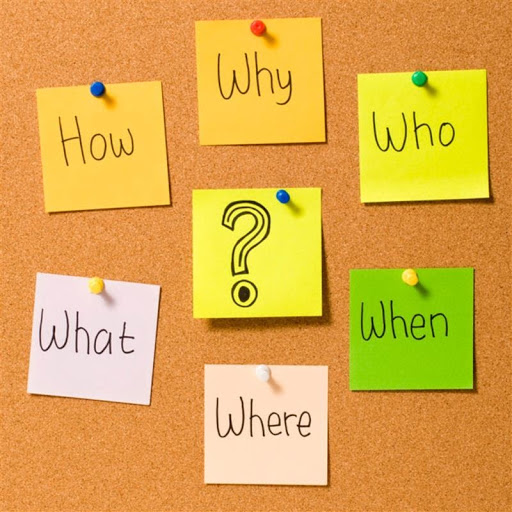
-
Listening
People prove to be a very good resource when you are trying to generate ideas. Even those who aren’t your employees and customers can be very resourceful.
So, you must always go beyond your immediate circle and invest in listening. Socializing with people in your immediate social circle and even those beyond it can be very effective.
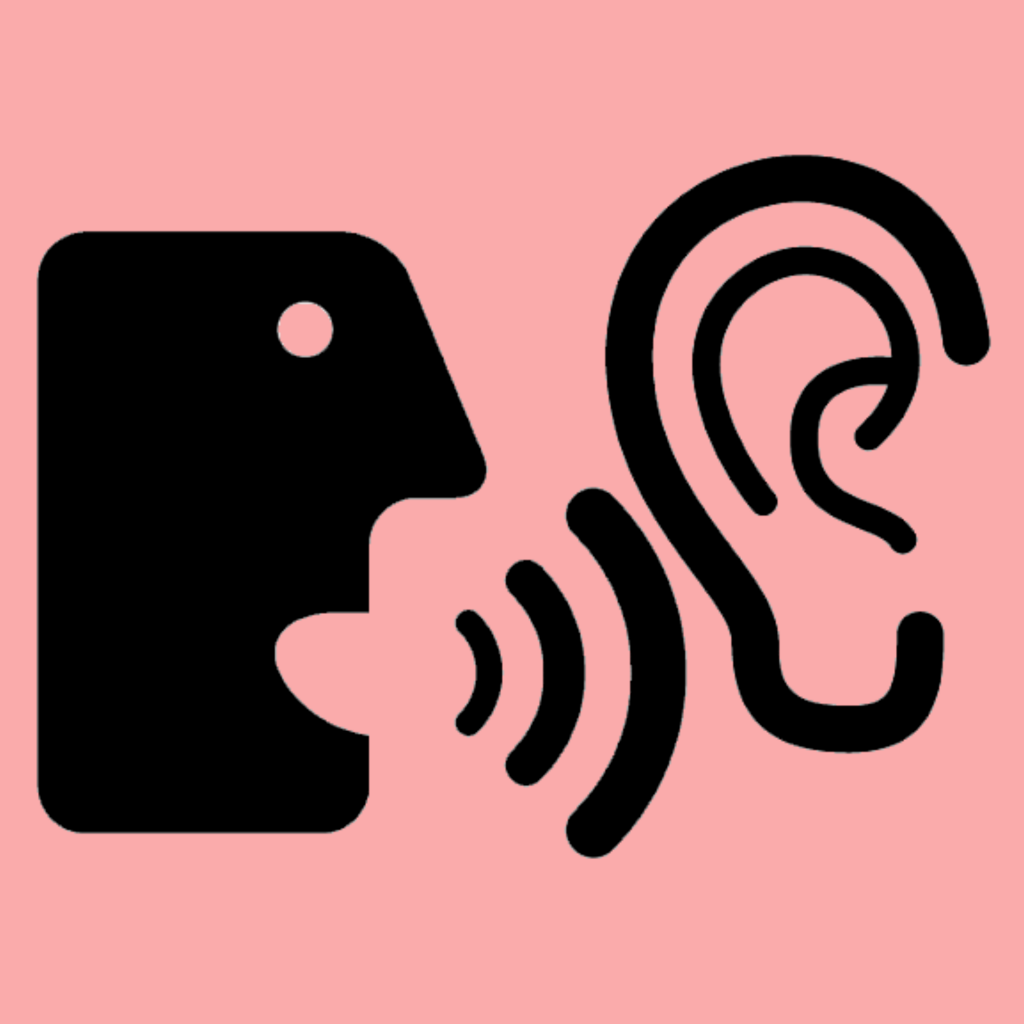
-
Accidental Genius
This idea generation technique believes that writing can help you come up with good ideas. Here writing is believed to be a trigger for ideas. This technique asks you to write freely without any editing.
So, whatever problem you are facing just start writing the answer without being concerned about the right or wrong aspect of it.

-
Visualization
In this technique, we approach the problem visually. This is because visualization makes things easy to understand. And as a result, we can come up with ideas and solutions easily. For example, suppose you want a new setup for your production unit.
You can have pictures taken of the current setup and work on it. Looking at the pictures will give you a better idea. You will be able to make changes to the setup so that it increases productivity and saves on time.
-
Removing Assumptions
There are a lot of assumptions about how things work. This technique requires us to list all the assumptions and then start removing them one by one.
These assumptions work as stimuli for us to come up with new ideas. For example, suppose you want to open a new school with innovative features. First list down all the assumptions you have about a school,
- There should be physical classrooms
- A fixed curriculum decided beforehand
- More emphasis on theoretical knowledge
Now remove each assumption one by now. Let’s remove the need for a physical classroom. You could open a school that has online classes or has classes outdoors. In this way doing away with an assumption will help you explore new ideas.
Idea Generation Tools
Technology has made our work easier and continues to do the same. We can make use of tools and technologies to generate ideas as well. Today there are many such tools available to us.
For example, there is Pinterest, Mindmeister, Freeplane, Idea Generator, Stormboard, Mindomo. Where Mindmeister helps you to make mind maps, Stormboard has features like whiteboards, sticky notes, and others that make brainstorming very efficient.
So, we will highly recommend the use of these tools for efficient and effective idea generation.
Sources of Idea Generation
Sources of idea generation are the people and places from where you get your ideas. Several internal and external sources help to generate ideas. Employees and the research & development department of the company are great internal sources.
Whereas, external sources are also very helpful. These are customers, suppliers, competitors, distribution channels, government, educational institutions, and focus groups.
Examples of Idea Generation
Ideas are present all around us. We see a lot of big and successful companies doing well. They all started with an idea. For example, Airbnb was started when two designers had spare space and hosted travelers.
With Uber it was two entrepreneurs, trying to figure out how to reduce transportation costs.
Importance of Idea Generation
Idea generation is a very important activity, without which we would have nothing to work on. This activity also proves to be very beneficial for all the parties involved.
The organization gets a lot of innovative ideas to work upon, the employees get to be a part of the bigger picture. There’s an increase in creativity and a lot of effective solutions are generated.
Idea Generation Activities
There are a lot of activities that help stimulate idea generation. These different activities are of two types, Internal and External activities. For internal activities, there are online and offline platforms where you can have discussions.
We can also conduct timely sessions and workshops. These activities broaden our knowledge and with this increased understanding we can think better. Participation in events, doing courses, and conducting competitions are external activities.
These external activities are helpful because they expose us to a lot of different people and different ideas. This, in turn, helps us come up with ideas of our own.
Idea Generation Workshops
Workshops consist of discussions and activities of any given topic like public speaking, watercolor painting, etc. So, when we talk about idea generation workshops, they have activities that help stimulate our idea of generating abilities.
These workshops help improve your skills to come up with good ideas. Many companies conduct idea generation workshops for their clients. Some of these companies are edge+, Lighthouse, and MTI^2.
Conclusion
Ideas are the building blocks for all innovation. They are what we work on, so the first step of starting with anything new is finding that idea. We must make use of the different tools and techniques available to us to come up with quality ideas.
We can even use workshops and activities, to improve this skill. So, what are you waiting for? Let’s get creative!


